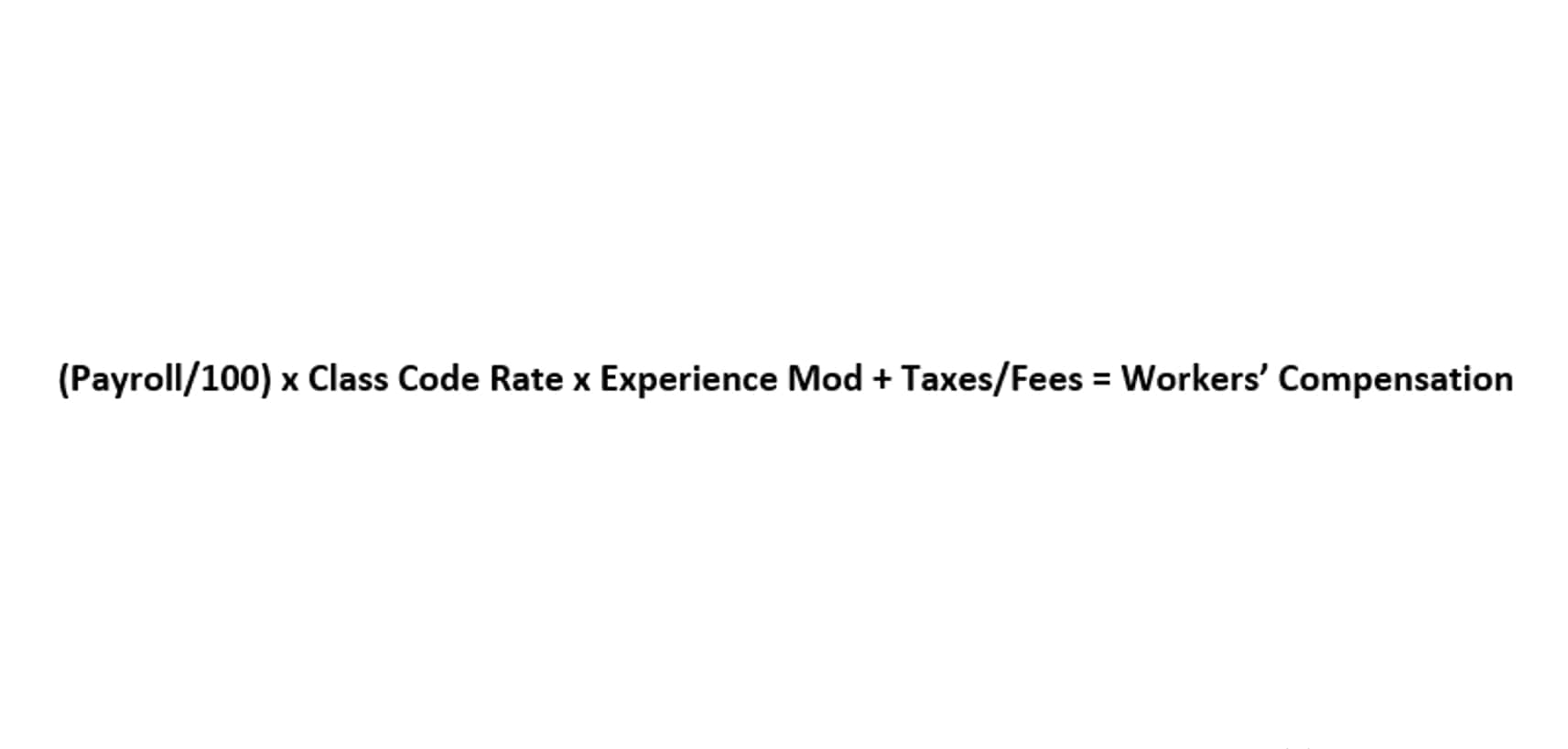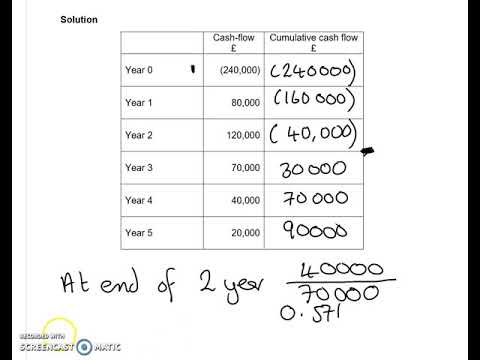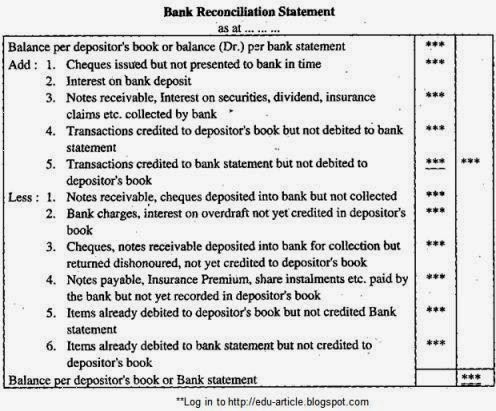Depreciable Property: Meaning, Overview, FAQ
Wednesday, May 24th, 2023The recovery period begins on the later of the following dates. 587 for a discussion of the tests you must meet to claim expenses, including depreciation, for the business use of your home. You can carry over to 2024 a 2023 deduction attributable to qualified section 179 real property that you placed in service during the tax year and that you elected to expense but were unable to take because of the business income limitation. Thus, the amount of any 2023 disallowed section 179 expense deduction attributable to qualified section 179 real property will be reported on line 13 of Form 4562. This disallowed deduction amount is shown on line 13 of Form 4562.
To help you figure your deduction under MACRS, the IRS has established percentage tables that incorporate the applicable convention and depreciation method. These percentage tables are in Appendix A near the end of this publication. However, you can make the election on a property-by-property basis for nonresidential real and residential rental property. Enter the appropriate recovery period on Form 4562 under column (d) in Section B of Part III, unless already shown (for 25-year property, residential rental property, and nonresidential real property).
Why Are Assets Depreciated Over Time?
The Taxpayer Bill of Rights describes 10 basic rights that all taxpayers have when dealing with the IRS. Go to TaxpayerAdvocate.IRS.gov to help you understand what these rights mean to you and how they apply. TAS is an independent organization within the IRS that helps taxpayers and protects taxpayer rights. TAS strives to ensure that every taxpayer is treated fairly and that you know and understand your rights under the Taxpayer Bill of Rights. Go to IRS.gov/WMAR to track the status of Form 1040-X amended returns. Form 9000, Alternative Media Preference, or Form 9000(SP) allows you to elect to receive certain types of written correspondence in the following formats.
In the year the business use drops to 50% or less, you include the recapture amount as ordinary income in Part IV of Form 4797. You also increase the basis of the property by the recapture amount. Recovery periods for property are discussed under Which Recovery what is payback period Period Applies? An election (or any specification made in the election) to take a section 179 deduction for 2023 can be revoked without IRS approval by filing an amended return. The amended return must be filed within the time prescribed by law.
- You figure the depreciation rate under the SL method by dividing 1 by 5, the number of years in the recovery period.
- Depreciating a real estate rental property means deducting the cost of buying or renovating a rental property over a period of time rather than all at once.
- The FMV of the property is the value on the first day of the lease term.
- Eight in 10 taxpayers use direct deposit to receive their refunds.
If you own property with both business and personal uses, like a car, you can only depreciate it in proportion to how often it is used for business purposes. You generally can’t deduct in one year the entire cost of property you acquired, produced, or improved and placed in service for use either in your trade or business or income-producing activity if the property is a capital expenditure. Depreciation is the recovery of the cost of the property over a number of years. You deduct a part of the cost every year until you fully recover its cost. A depreciable asset is property that provides an economic benefit for more than one reporting period.
Electing the Section 179 Deduction
An estimated value of property at the end of its useful life. An addition to or partial replacement of property that adds to its value, appreciably lengthens the time you can use it, or adapts it to a different use. An intangible property such as the advantage or benefit received in property beyond its mere value. It is not confined to a name but can also be attached to a particular area where business is transacted, to a list of customers, or to other elements of value in business as a going concern. Travel between a personal home and work or job site within the area of an individual’s tax home.
The business use of your automobile, as supported by adequate records, is 70% of its total use during that fourth week. The passenger automobile limits are the maximum depreciation amounts you can deduct for a passenger automobile. They are based on the date you placed the automobile in service.
For a corporation, a 5% owner is any person who owns, or is considered to own, either of the following. For a business entity that is not a corporation, a 5% owner is any person who owns more than 5% of the capital or profits interest in the business. A qualified moving van is any truck or van used by a professional moving company for moving household or business goods if the following requirements are met. You can revoke an election to use a GAA only in the following situations.
Understanding Depreciable Property
Listed property includes cars and other property used for transportation, property used for entertainment, and certain computers. Tara treats the property as placed in service on September 1. Under MACRS, Tara is allowed 4 months of depreciation for the short tax year that consists of 10 months. The corporation first multiplies the basis ($1,000) by 40% to get the depreciation for a full tax year of $400. The corporation then multiplies $400 by 4/12 to get the short tax year depreciation of $133. When using the straight line method, you apply a different depreciation rate each year to the adjusted basis of your property.
The total depreciation allowable using Table A-8 through 2025 will be $18,000, which equals the total of the section 179 deduction and depreciation Ellen will have claimed. John Maple is the sole proprietor of a plumbing contracting business. Richard, John’s sibling, is employed by John in the business.
Best Accounting Software for Small Businesses
Businesses have some control over how they depreciate their assets over time. Good small-business accounting software lets you record depreciation, but the process will probably still require manual calculations. You’ll need to understand the ins and outs to choose the right depreciation method for your business. It generally determines the depreciation method, recovery period, and convention.
The FMV of the property is considered to be the same as the corporation’s adjusted basis figured in this way minus straight line depreciation, unless the value is unrealistic. You can depreciate leased property only if you retain the incidents of ownership in the property (explained below). This https://www.bookkeeping-reviews.com/business-boost-centre/ means you bear the burden of exhaustion of the capital investment in the property. Therefore, if you lease property from someone to use in your trade or business or for the production of income, generally you cannot depreciate its cost because you do not retain the incidents of ownership.
Under the simplified method, you figure the depreciation for a later 12-month year in the recovery period by multiplying the adjusted basis of your property at the beginning of the year by the applicable depreciation rate. The determination of this August 1 date is explained in the example illustrating the half-year convention under Using the Applicable Convention in a Short Tax Year, earlier. Tara is allowed 5 months of depreciation for the short tax year that consists of 10 months. The corporation first multiplies the basis ($1,000) by 40% (the declining balance rate) to get the depreciation for a full tax year of $400. The corporation then multiplies $400 by 5/12 to get the short tax year depreciation of $167.














